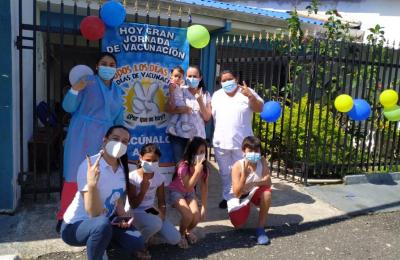Recommendations to strengthen nutritional care in the primary care setting in Brazil
- Read more about Recommendations to strengthen nutritional care in the primary care setting in Brazil
Objective
To develop recommendations to strengthen nutritional care in the primary health care (PHC) setting in Brazil based on expert consensus.













